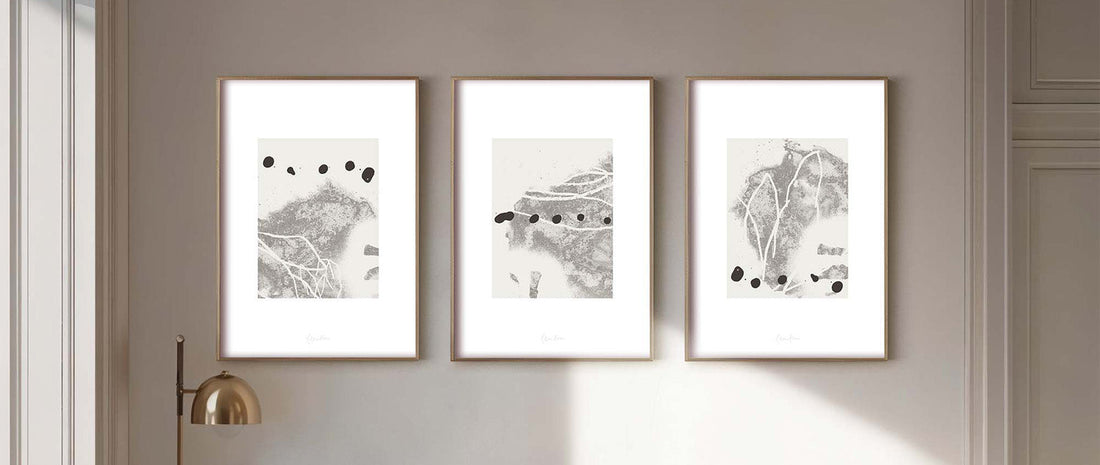Calligraphy is much more than the art of beautiful writing. It is a gesture that unfolds with the intensity of a silent dance, where the brush becomes the companion that guides every movement and every breath. The seemingly simple stroke contains the memory of the body, the full attention of the mind, and the subtle dialogue between void and form. When the brush touches the paper, an intimate choreography begins: the ink flows, disperses, or pauses, and in this irregular yet perfect rhythm lies the truth of the moment.
In the Zen tradition, calligraphy is a meditative practice. It is not about achieving a flawless letter or pursuing aesthetic perfection, but about letting oneself be guided by the present moment. Each stroke is unique and unrepeatable, like a breath or a heartbeat. The artist does not impose but accompanies: the brush dances like a branch moving with the wind, with both strength and fragility.
This complicity between hand and brush, between gesture and silence, invites us to a new way of understanding creativity. It is a subtle game of trust: trusting in movement, in the inner rhythm, in the living relationship with the paper. The void is not absence, but the space that allows the ink to breathe, that gives form its meaning.
Calligraphy reminds us that creating is, above all, an experience of presence and contemplation. Each letter, each line, each dot are witnesses to a state of deep connection. In a world often filled with haste and noise, this art offers us the chance to return to what is essential: the bare gesture, the beauty born from simplicity, the serenity that dwells in conscious movement.


